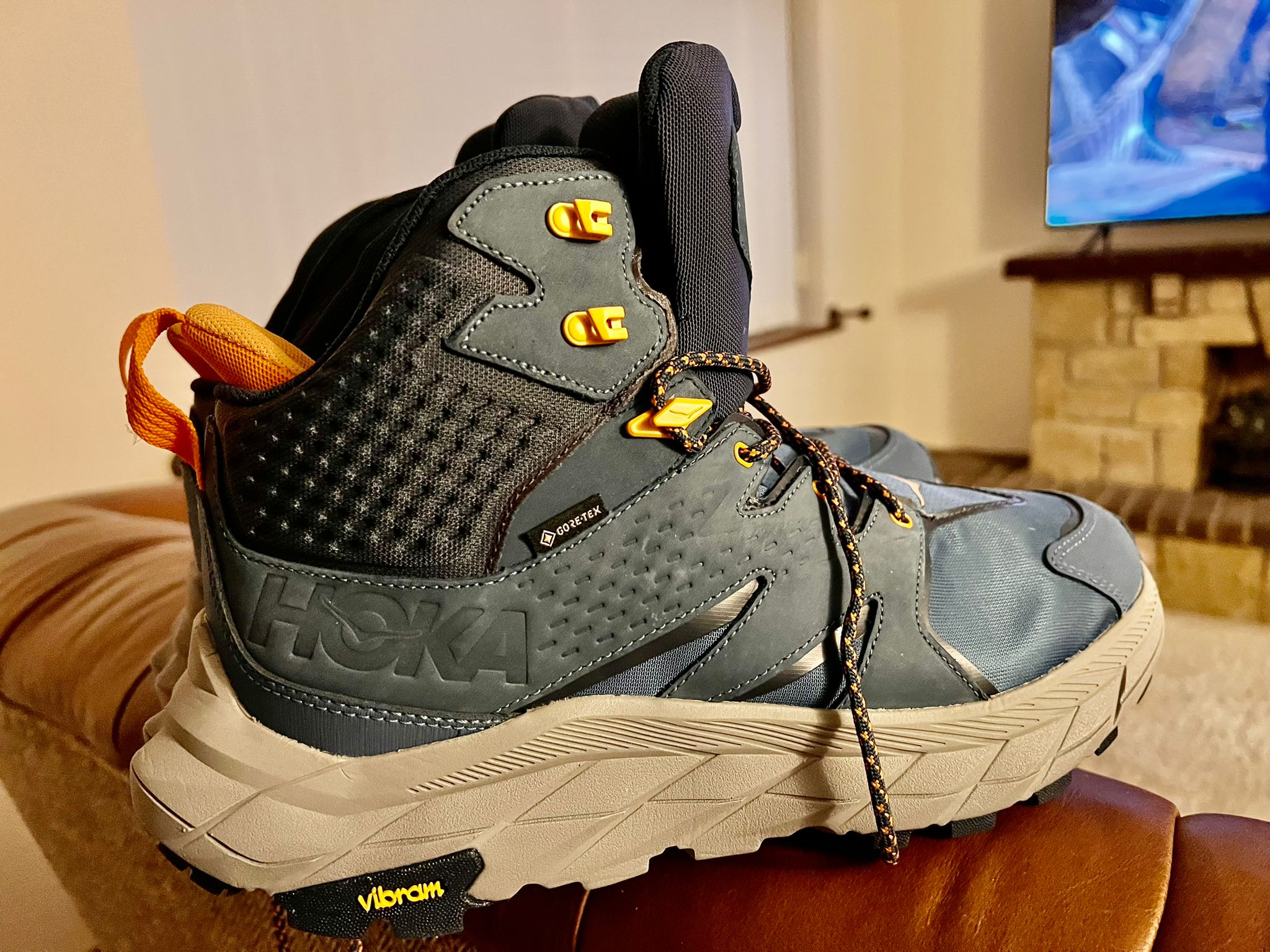Trekking boots for expeditions like Kilimanjaro and Everest Base Camp
A key part of success...

Posted on Sun 30 Apr 2023 · by Jason Rawles
One of the biggest minefields when looking at kit for expeditions like Kilimanjaro and Everest Base Camp is boots. Why? Because it's very, very individual.
Here's some thoughts from Jason Rawles, our CEO, to help you get closer to making a decision. The last part in the equation is how they fit on your feet. Your comfort.
What needs to be considered is the fact you'll be on your feet for anything from 5 days to 12 days (or more) depending on your trip. This means they must work for you. Some considerations to fuel your thinking -
1. Ankle support as you don't want a twist and then your expedition is over or you could pick up an injury in advance.
2. Temperature because (e.g.) lower down on Kilimanjaro it's hot and higher up it's cold. Yes, this can be dealt with via sock management but boots that are too big for the task will cause sweating and then blisters.
3. The type of sole because too stiff restricts flexibility and your feet will get really tired, quickly, and too flimsy means you'll feel every stone under your feet and become uncomfortable.
4. Width and type of fit because like all clothes, one size isn't the same across the brands. If they're too narrow you'll end up restricting blood flow to your feet and become uncomfortable. Wrong fit and you'll end up with blisters and/or boot bang (toes banging against the boot when walking down hill and it can really hurt).
The thing here is, when the chips are down and you're feeling mentally drained, anything like boot issues could lead you to start to think about turning back from the objective. It becomes an excuse.
Boots are also something you can control in advance. You can do something about getting the right fit, walking in them in advance etc. You can take the right amount of time to make sure they're right for you.
Then you can start training in them and building up time on your feet, so to speak.
Jason uses boots by Hoka and before you ask, no, these are not supplied free. We buy all our kit unless stated and we only use what is fit for purpose. This is why uses them for Kilimanjaro, Everest Base Camp, UK hikes and even trek in's to bigger mountains like Island Peak -
1. They are comfortable and wide fitting so match his feet type and this boot pictured below has been to the summit of Kili and to EBC.
2. They have good ankle support while also being waterproof so help reduce any injury risk.
3. They have big, comfortable soles which also act as an insulator and the fabric construction is breathable.
4. They are sturdy yet comfortable so will keep feet in good order (assuming correct fit) for many, many back to back days.

Our strong recommendation is to head to a proper kit shop and try a few pairs on. We partner with Ellis Brigham and you can find their store locations via the below -
You can also purchase Hoka boots via them, too. Of course this depends on the fit and comfort.
We hope this helps.
See you on the hill.
Team Aspire